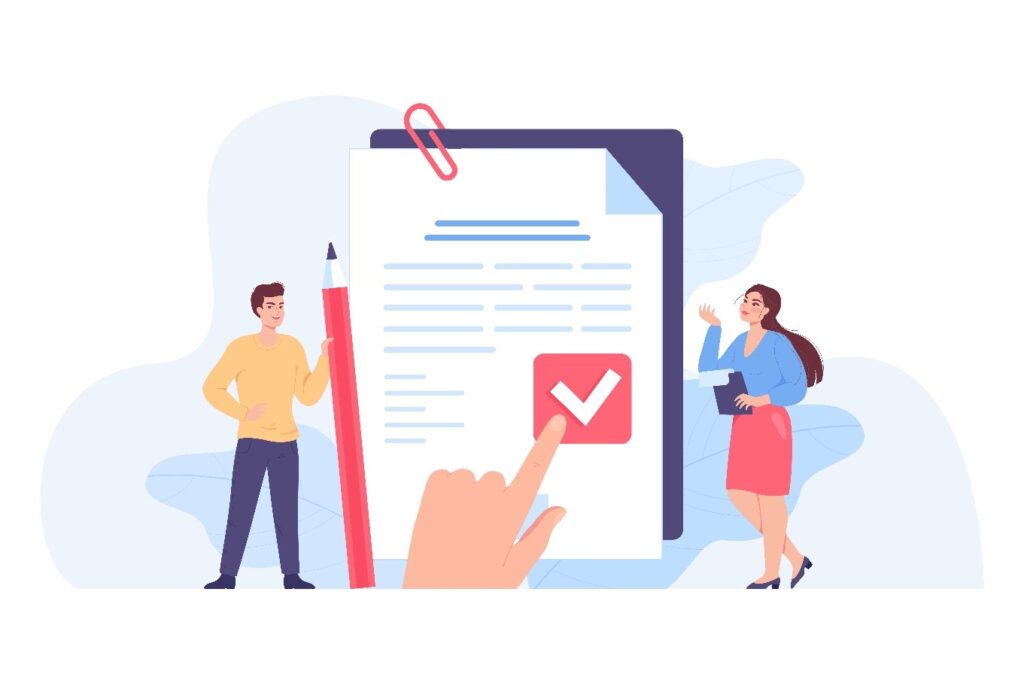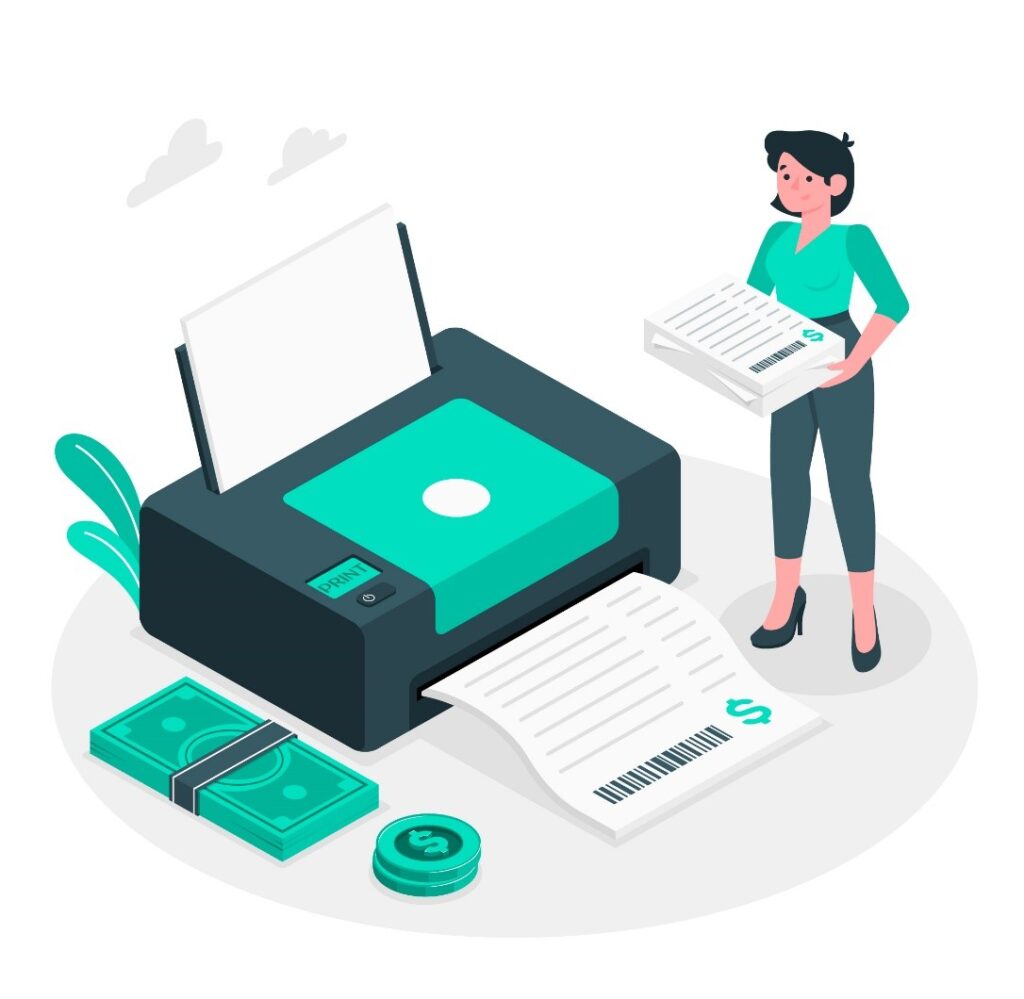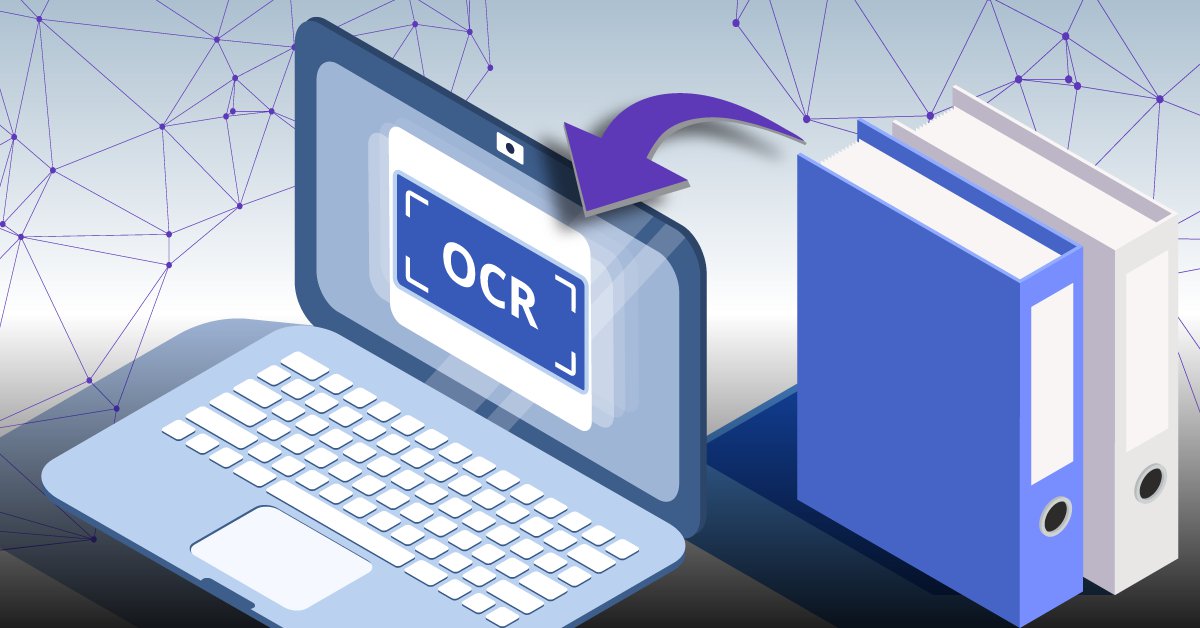It’s hard to deny the efficiency and versatility of Internet technology these days. And one area that has benefited significantly is the insurance industry. While it won’t replace its human personnel anytime soon, it will only serve as a supplement to its day-to-day operations. That’s where OCR steps in.
Optical character recognition, or OCR, is a technology that uses software to convert images into text. OCR has many facets, but in today’s blog, we will focus on how the insurance industry benefits from OCR technology.
What benefits of OCR in Insurance Industry?

1. Eliminate Manual Data Entry using OCR
In this digital era, data is gathered from various sources like websites, emails, documents, etc. This data needs to be processed manually before it can be used. Time-consuming manual processes involve typing the data into a computer system or manually inputting it into the database.
With the help of OCR technology, you can eliminate manual data entry by automatically capturing information from documents and converting it into a digital image file.
Automated OCR solutions have shown 98-99% data capture accuracy. This saves you money and time spent on ensuring that all your records are accurate and up-to-date.
2. OCR improves customer service
OCR improves customer service by providing insurance companies with a way to manage claims quickly and accurately.
The technology also helps agents communicate with customers more effectively.
For example, suppose a customer is trying to find a specific document. In that case, an agent can use OCR to quickly search through all of the company’s digital documents to find what the customer is looking for. This can save a lot of time and frustration for both the customer and the agent.
In addition, OCR can also be used to automatically populate customer information into forms and documents, which can help speed up the process of resolving customer issues.
3. OCR helps attract more clients
There are many ways in which OCR can help attract more clients in the insurance industry.
- First and foremost, OCR can help to streamline the process of onboarding new clients. By automating the data entry process and eliminating the need for manual data entry, OCR can help make the onboarding process more efficient with quicker document processing. This can attract new clients who a lengthy or complicated onboarding process may put off.
- In addition, OCR can also help to improve the accuracy of data entry, which can help to avoid errors and discrepancies that could deter potential clients.
- Finally, OCR can also help speed up the insurance claim processing, which can be a significant selling point for potential clients looking for a quick and easy way to get their claims processed.
4. OCR reduces costs
There are several ways in which OCR reduces costs in the insurance industry.
- One way is by automating the claims process with the help of AI and machine learning. This can lead to faster and more accurate claims processing and reduce the need for manual data entry.
- Additionally, OCR can streamline underwriting by automatically extracting data from application forms and other documents. This can reduce the time and cost associated with manual data entry and processing.
- Lastly, OCR can reduce the amount of paper used in the insurance industry by scanned paper documentation. Insurance document digitizing can lead to decreased storage costs, as well as decreased printing and mailing costs.
5. OCR enables more accurate predictions
By using OCR to process images of insurance documents, such as policy applications and claim forms, insurers can more accurately predict customer needs and trends.
For example, OCR can be used to quickly and accurately read through a large number of insurance documents, looking for specific keywords or phrases. This can help insurers identify potential fraud or errors and better understand customer behavior.
Also, OCR can be used to extract data from images of insurance documents, which can then be used to create more accurate data predictions about future customer behavior.
How to collect data for OCR?

You can collect training data for OCR software in a few different ways.
- One way is to input the data yourself manually. This can be time-consuming, but it will ensure accurate data.
- Another way is to use a scanner to input the data. This is a quicker method, but it is essential to ensure the scanner is set up correctly to avoid errors.
- Finally, you can also use existing data sets that are available online. This is the quickest method, but you may need help finding a data set specific to your needs.
Collecting, separating, and creating quality OCR datasets can be tough. Therefore, availing OCR data collection services ftom Shaip can be a valuable asset for any organization. The data collection services include scanned PDF datasets and cover different letter sizes, fonts, and symbols from documents. Overall, availing of OCR data collection services from a reputable company like Shaip can greatly improve an organization’s efficiency and data management capabilities.
Conclusion
The insurance industry has a lot of data, but it is so cluttered that it’s nearly impossible to search. The insurance industry needs to be digitalized—and now it can. With OCR in place, gathering and sorting data becomes as simple as taking a picture or typing a few words.
